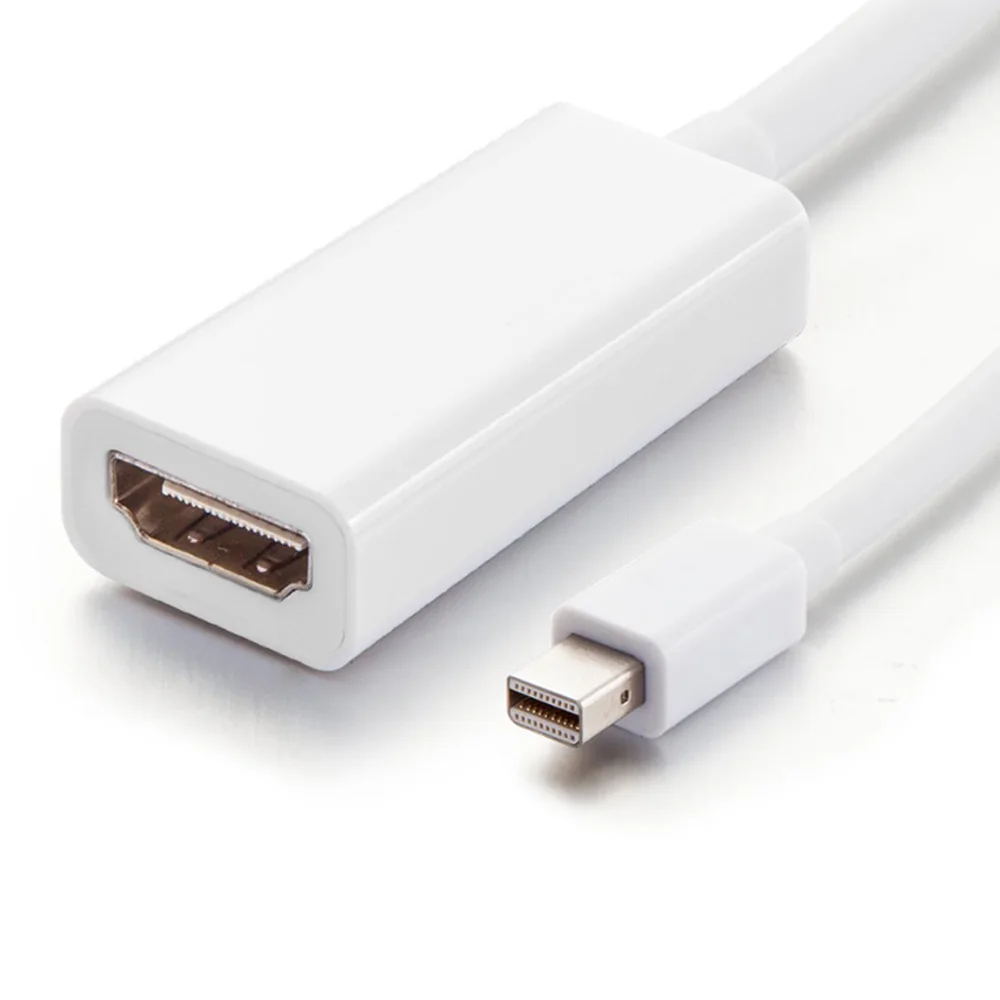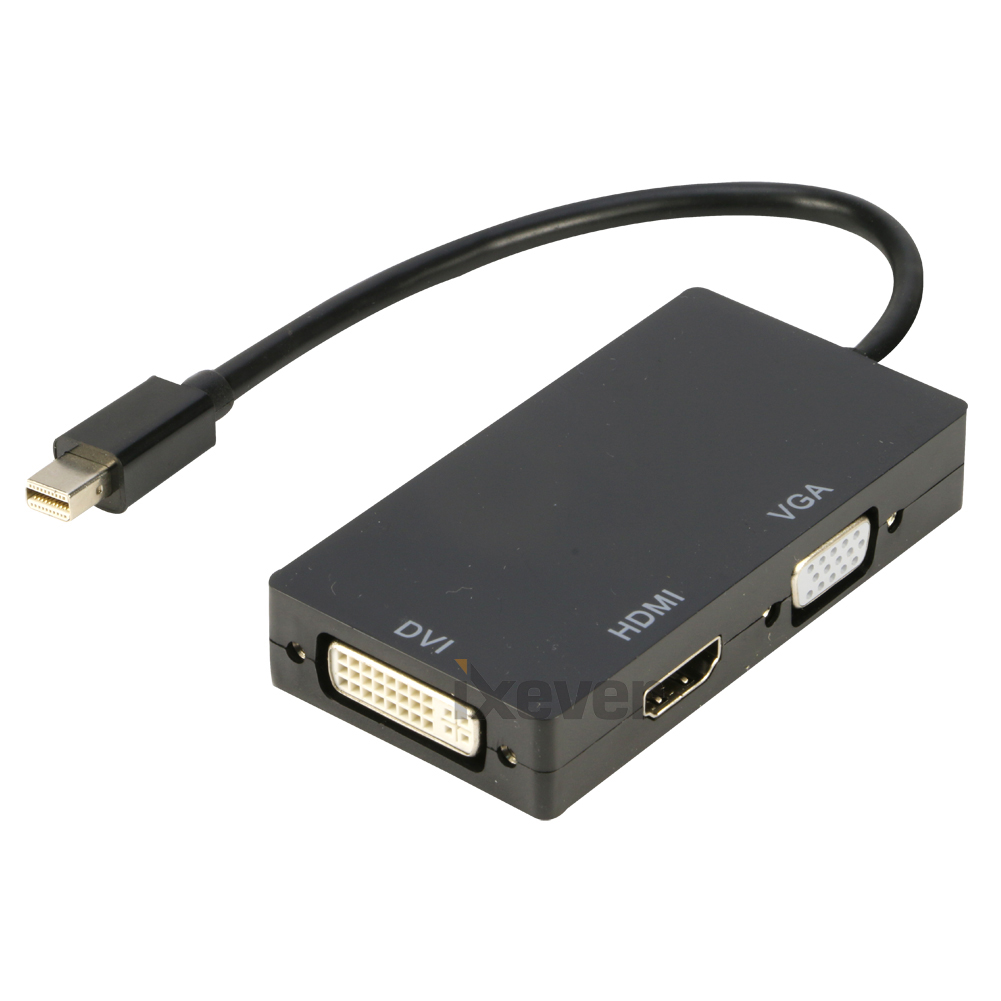
The downside is that it's thick and adds bulk, but at least it's easy to take the Duex Plus off when you don't need it. The 13.3-inch 1080p screen is best suited for 13- or 14-inch laptops, and it's not a screen I'd rely on for color correction, but it's great for leaving apps like Slack and another browser window for two-screen productivity. Just connect the included USB-C to USB-C cable and you're good to go.


Voilà! You have a second screen that doesn't take up any desk space. Pop the Duex Plus on the magnets and slide out the display so that it floats to the side of your laptop. These are easy to install with the included assembly instructions. It sticks to the back of a laptop screen via magnets, which means you do need to be comfortable with sticking and leaving adhesive magnets on the back of your machine.

This is by far my favorite portable display. This can be disorienting, and it definitely hurts workflow if you need to go between the displays a lot.Mobile Pixels Duex Plus Portable Slide-Out Monitor for $299 If your MacBook thinks the monitor is to the right, when it’s really to the left, you’ll still have to move your cursor all the way to the right to get over to the monitor.

At that point, your screen will blink black for a second and your monitor screen should turn on, showing a continuation of your laptop display.ĭepending on where you’re setting up your monitor relative to your laptop-to the right, left, or even above or below it-you’ll want to adjust how your screens work to mimic what’s happening in real life. On your MacBook, you shouldn’t have to do more than plug in the cable (or the cable with an adapter). Then, plug the cable you’ll be connecting to your MacBook into the monitor. With your ports understood and cables obtained, the next step is to plug the cables in and start using your monitor with your MacBook.įirst, make sure your monitor has its power cord plugged in and is turned on. Plug Everything In and Adjust Your Settings


 0 kommentar(er)
0 kommentar(er)
